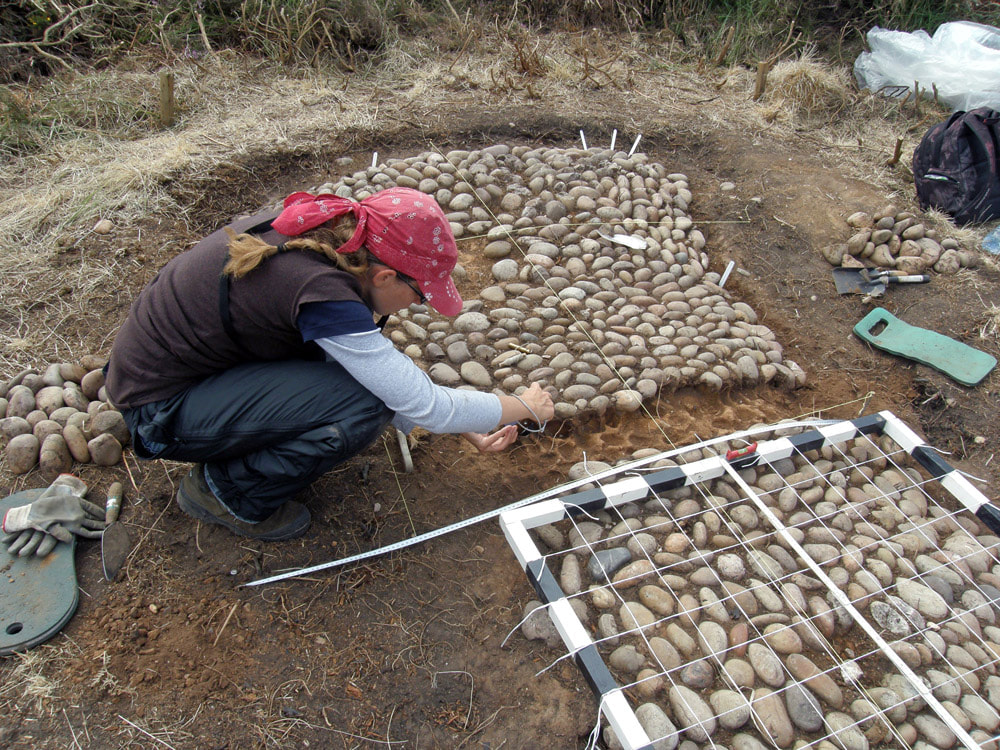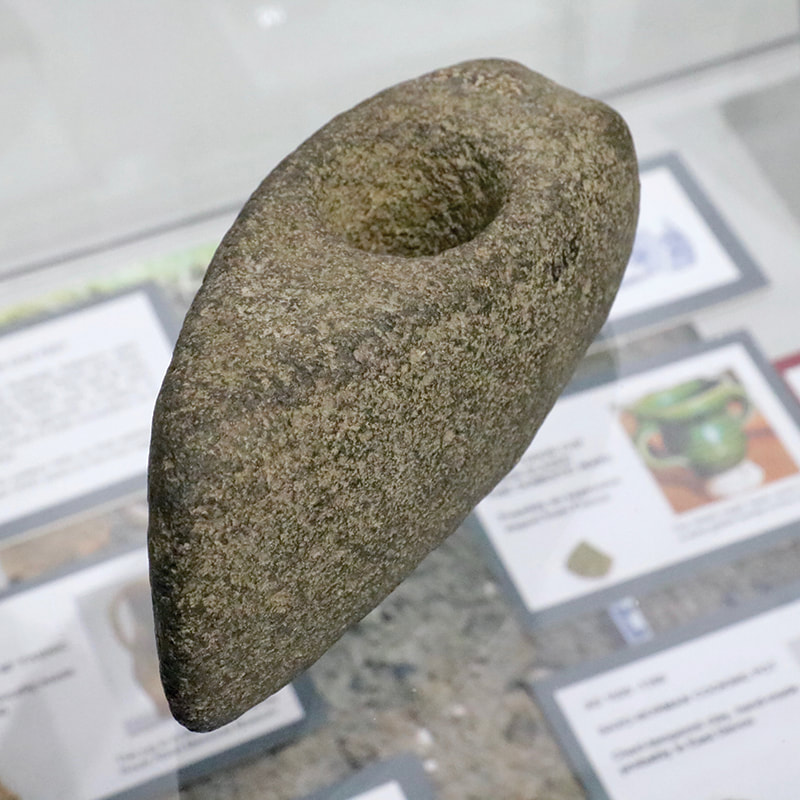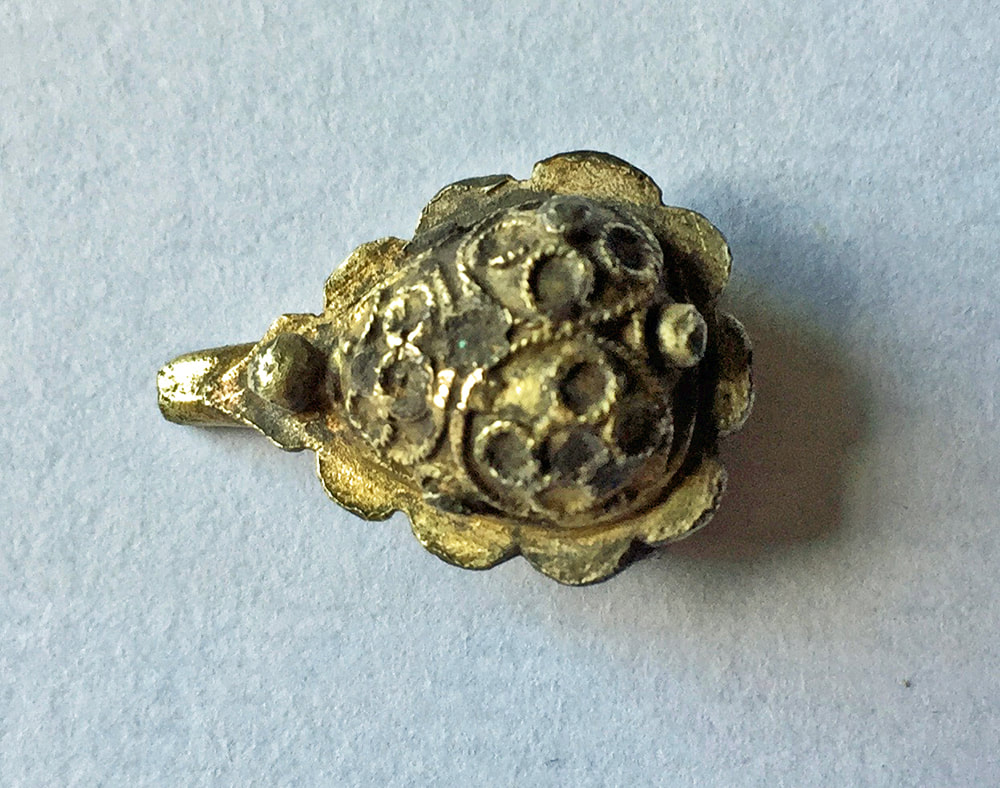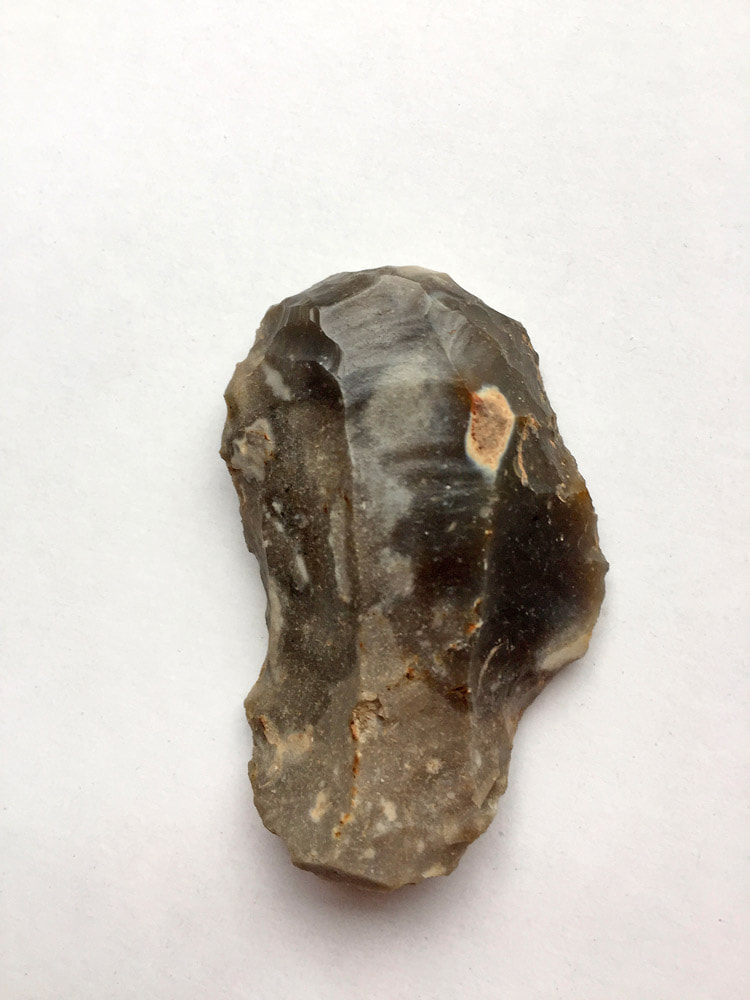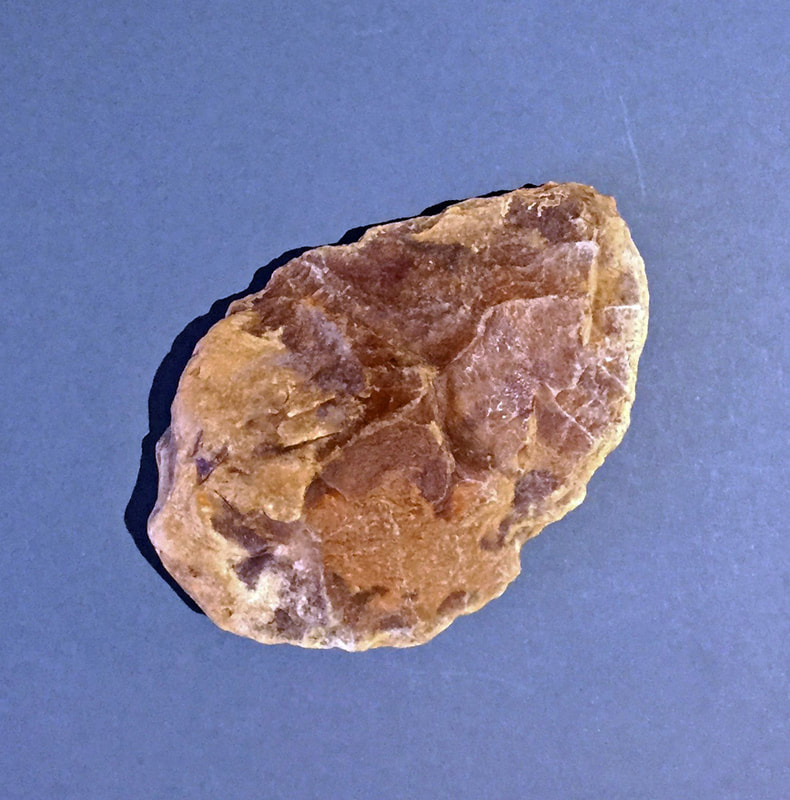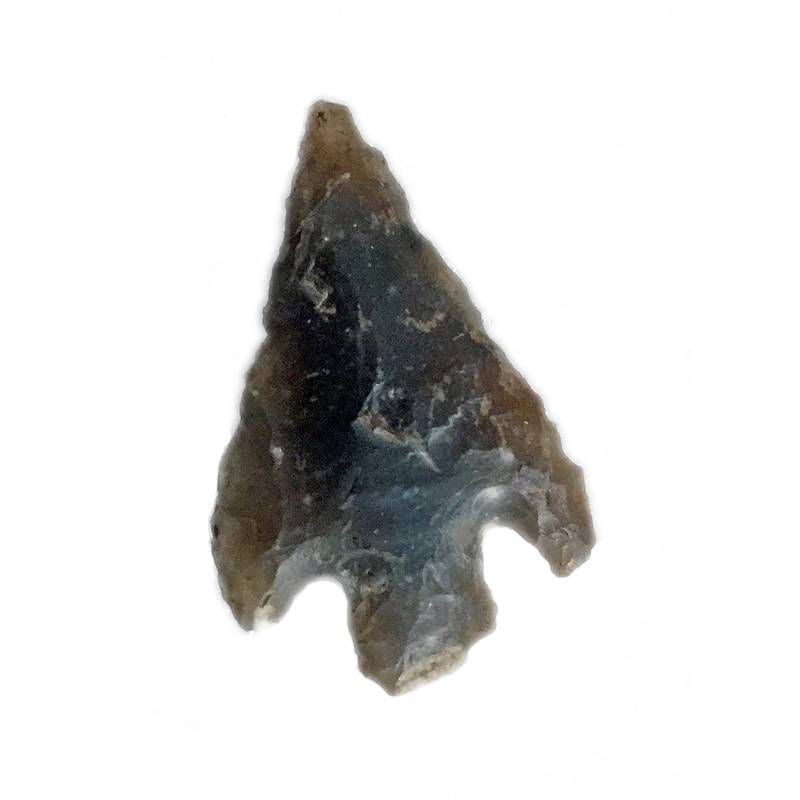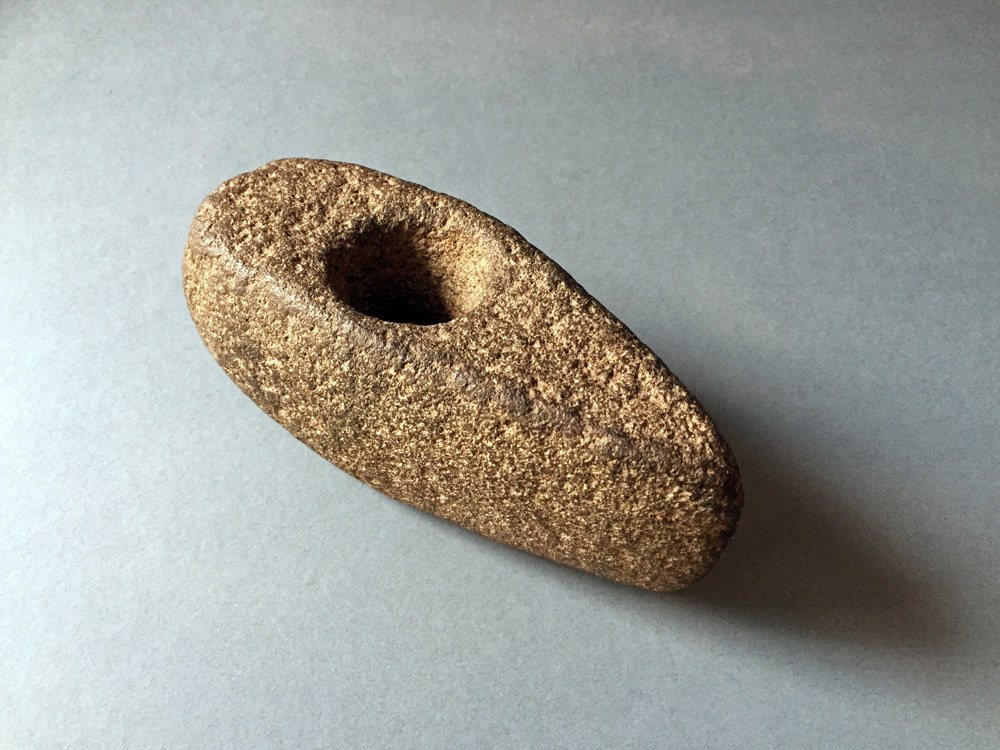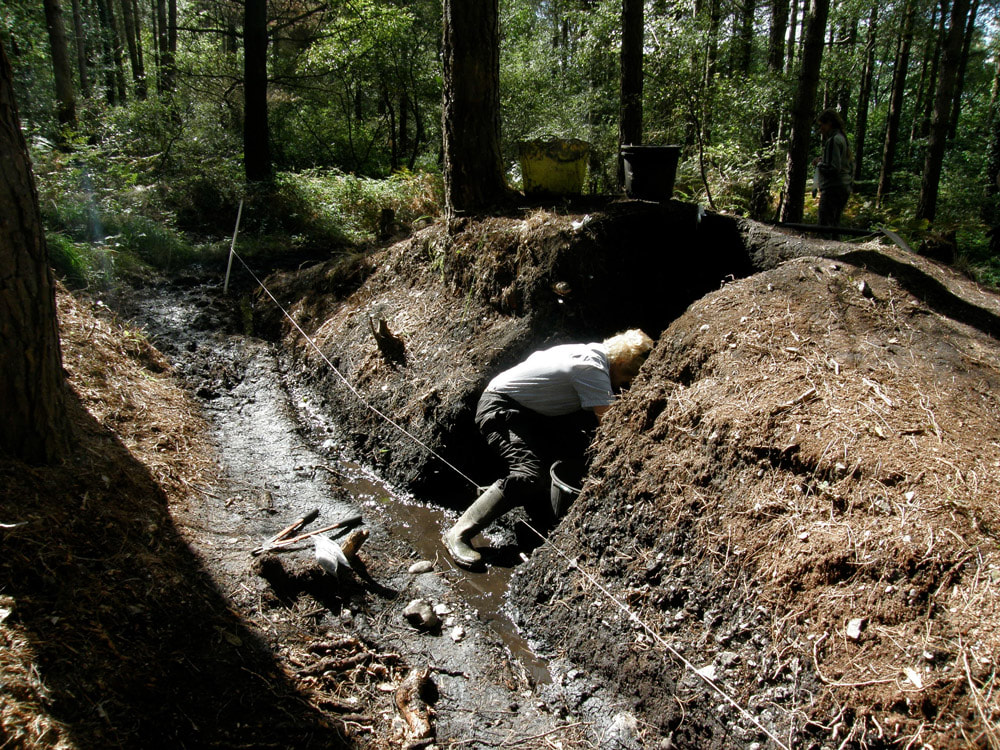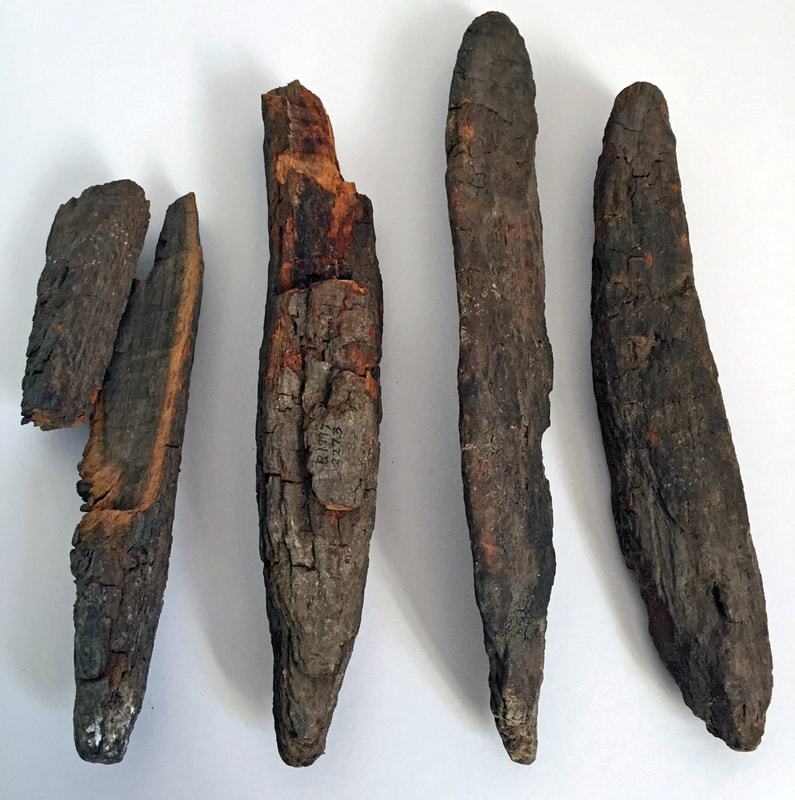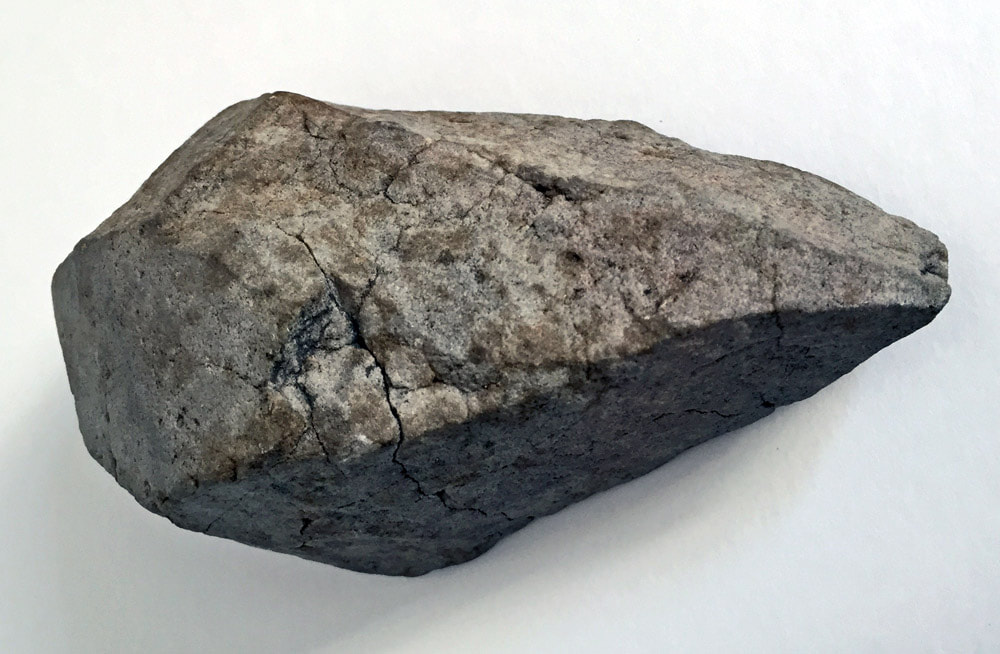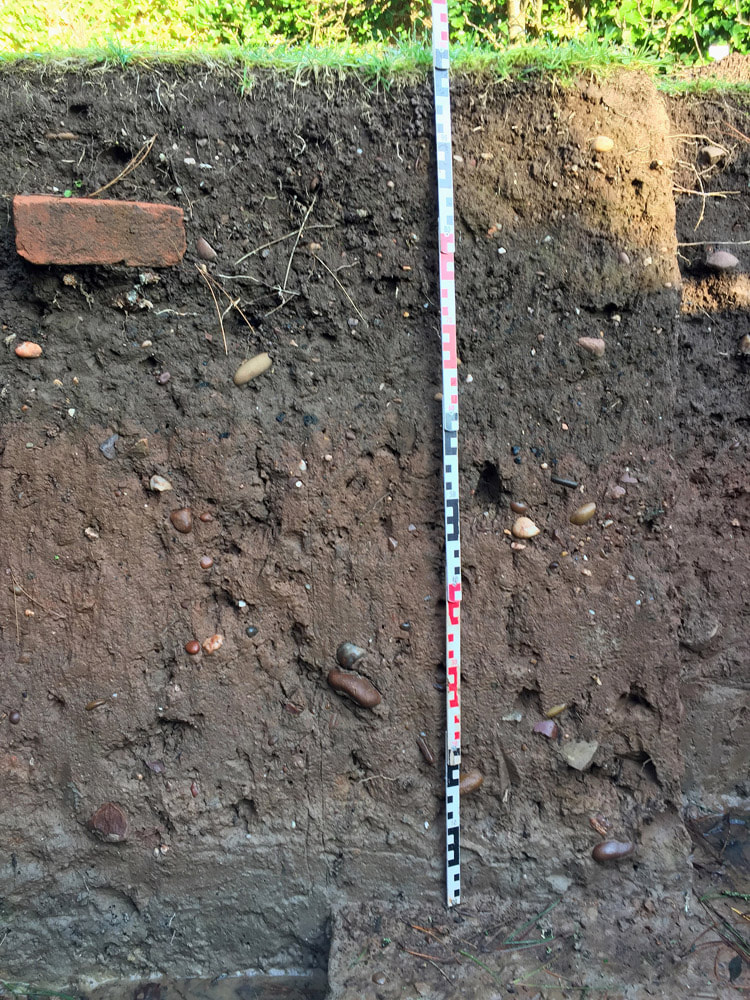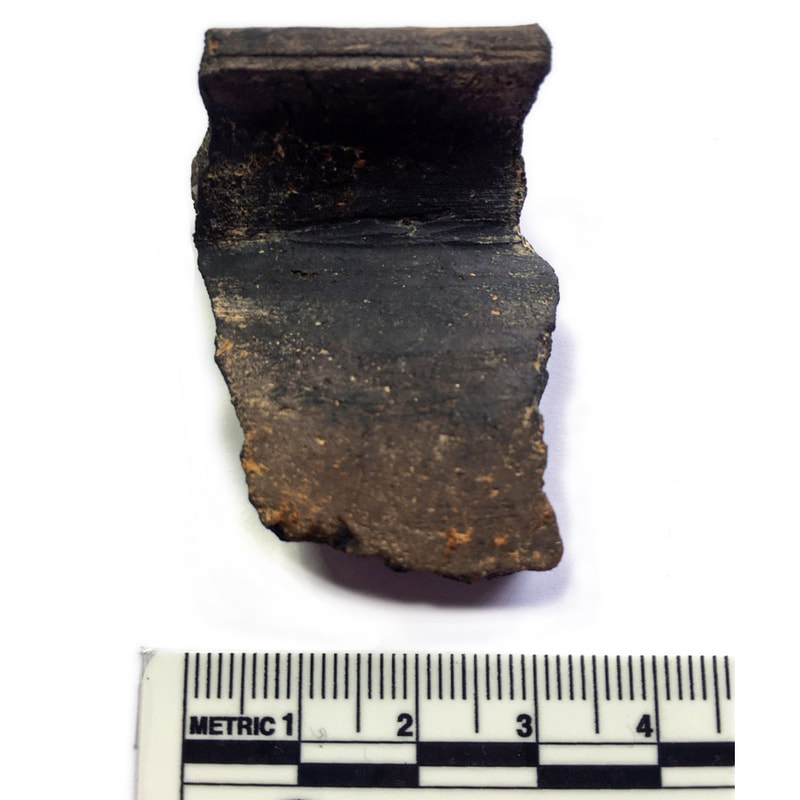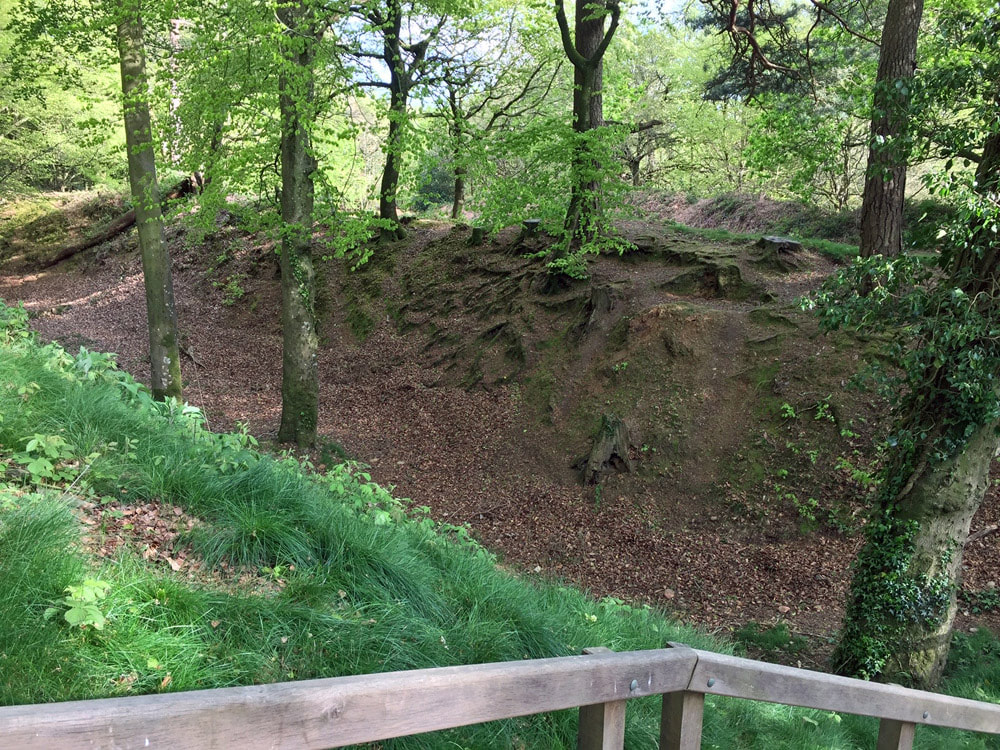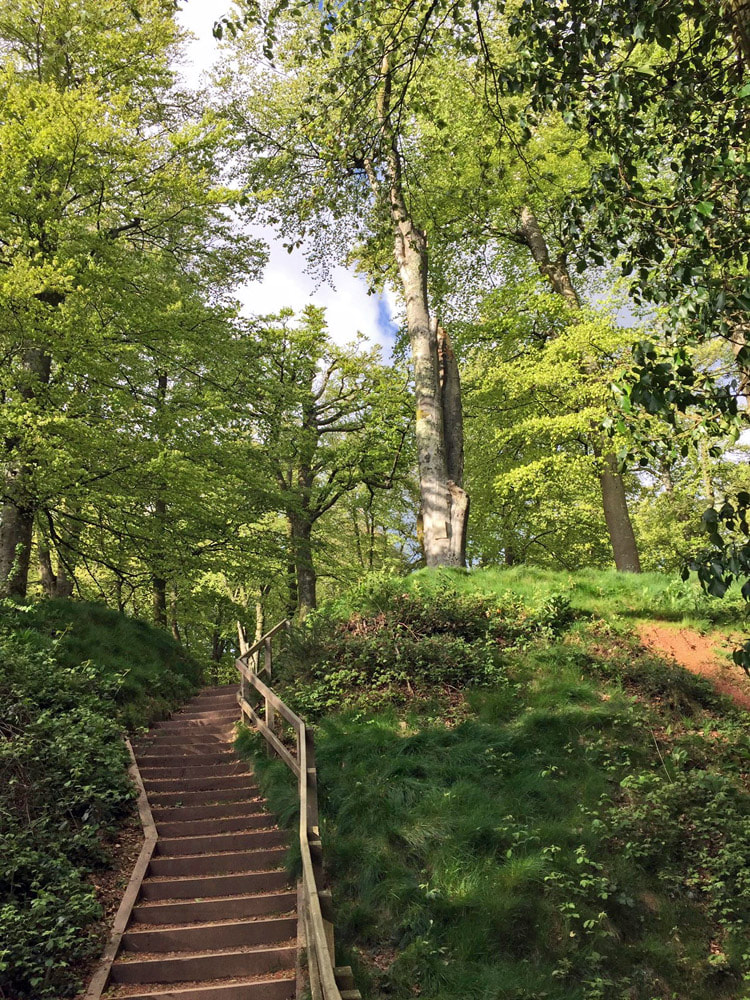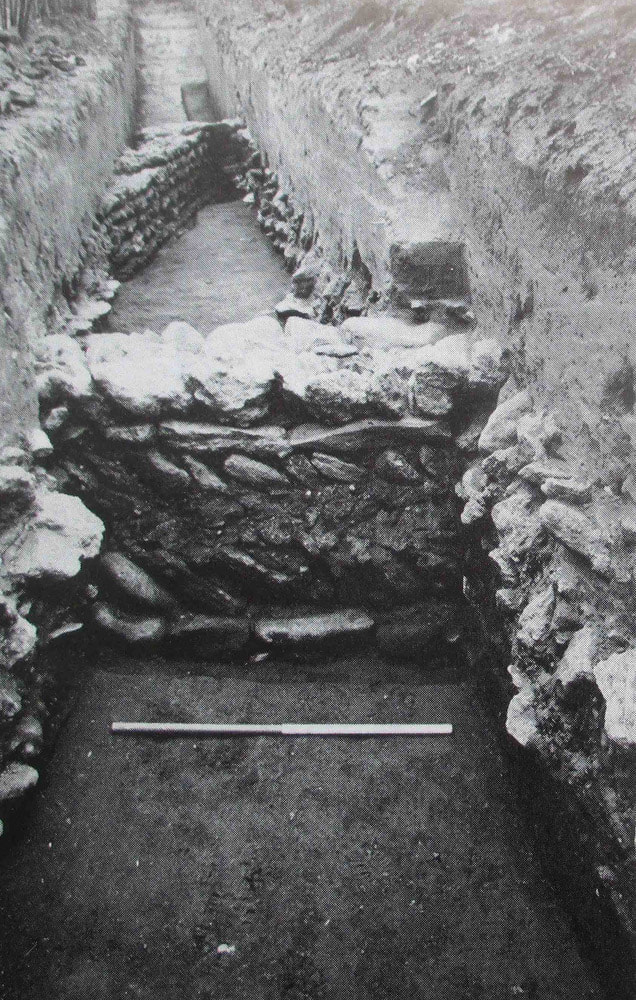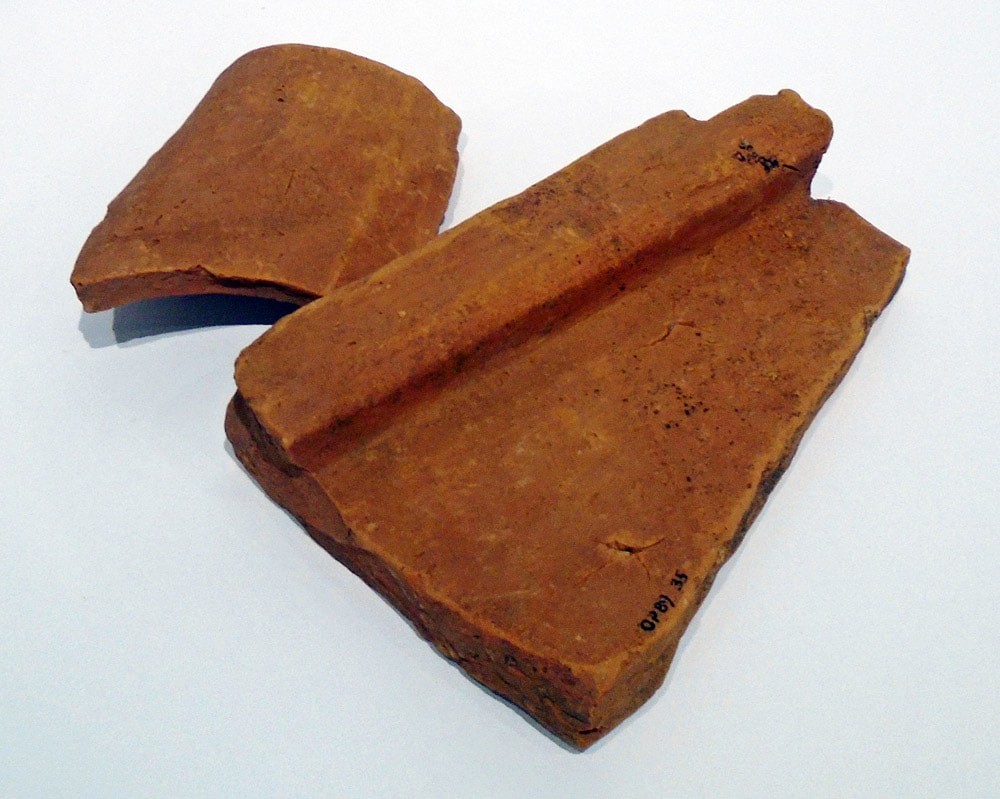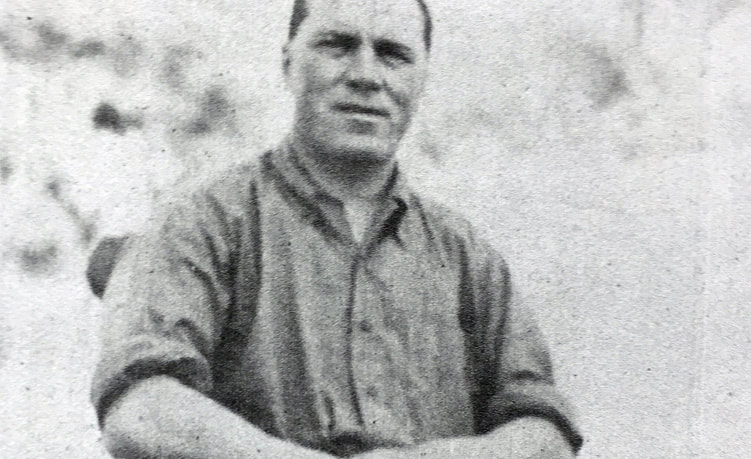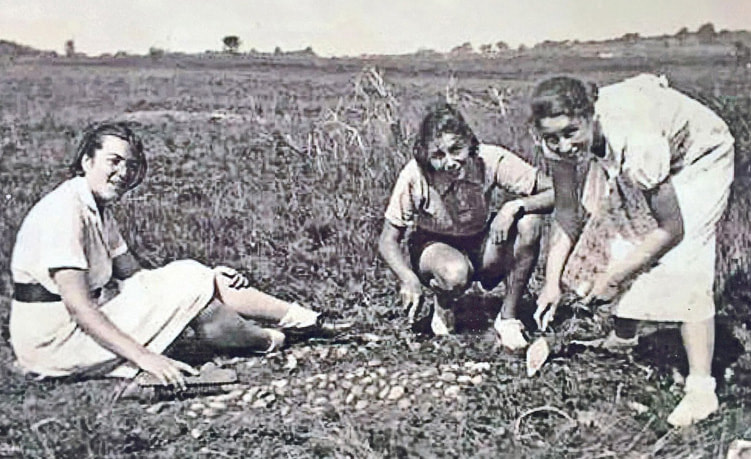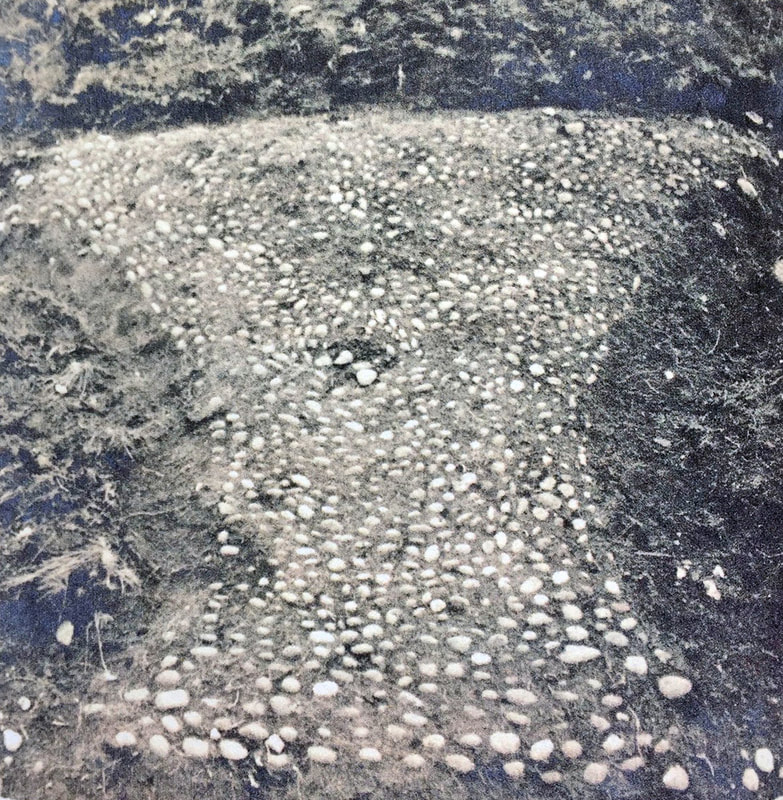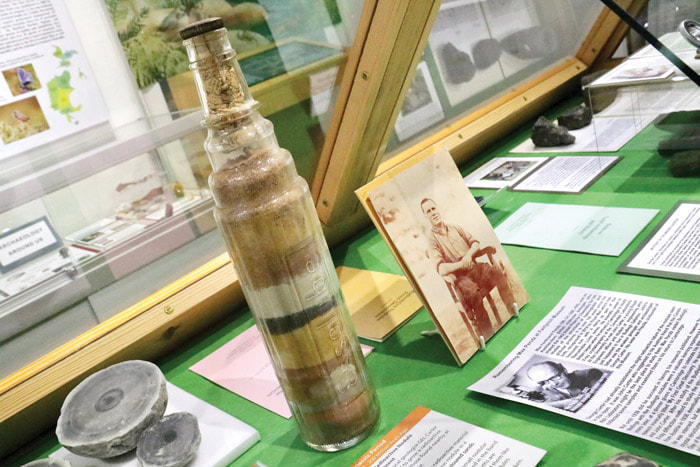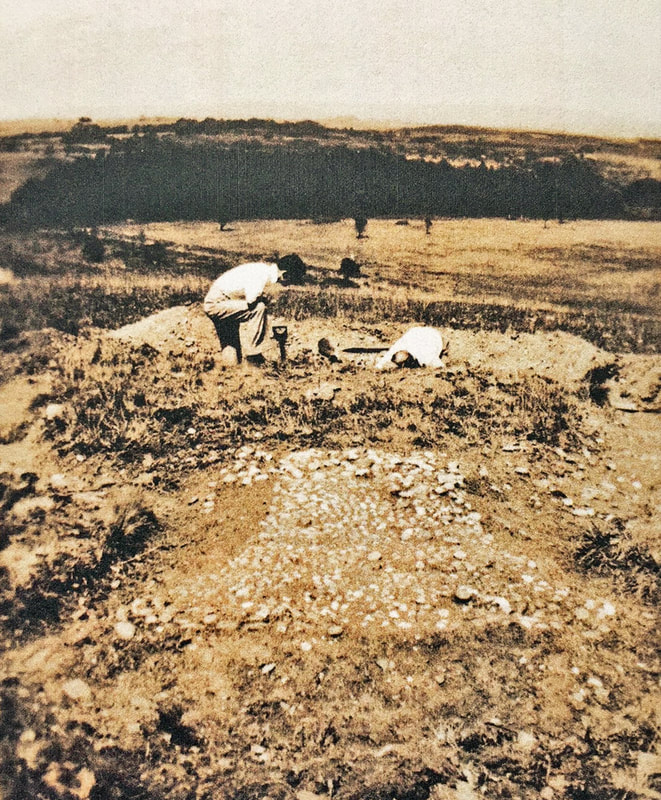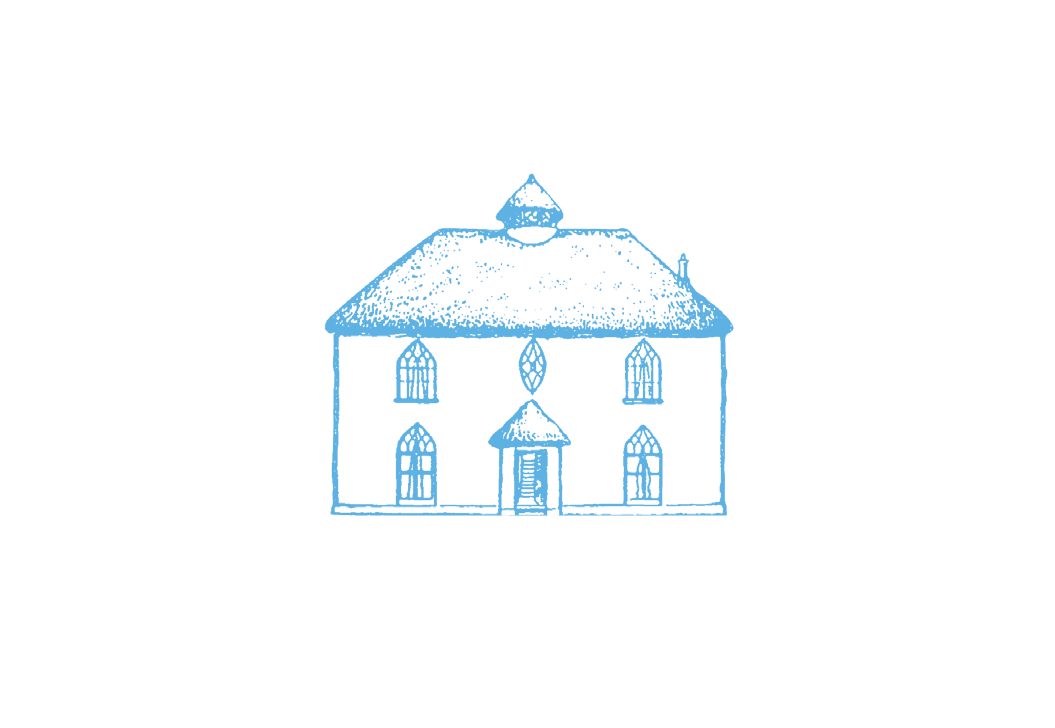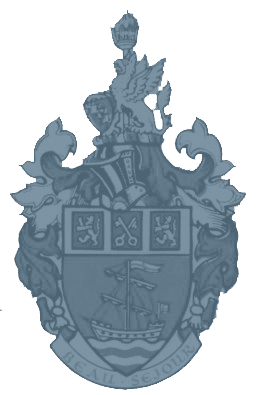archaEology AT THE FAIRLYNCH
|
Archaeology is detective work. It helps to fill in the gaps in what we know about us and the people who came before us, especially when written records are not available, are biased or have never existed.
Written history only began 2000 years ago in these islands and we need archaeology to tell us what happened before that. At Fairlynch we have an artefact found in the town that is so old, it wasn’t even made by the same species as us! |
Some highlights of our collection include flint tools from the Early Palaeolithic to the Neolithic; from the Bronze Age a fine axe-hammer and objects from a burnt mound; Iron Age and Roman ceramic fragments and coins and archaeological finds from local gardens - all of which shed light on the story of our town.
There are also objects from nearby excavations on the Pebblebed Heaths and Otterton Point. |
